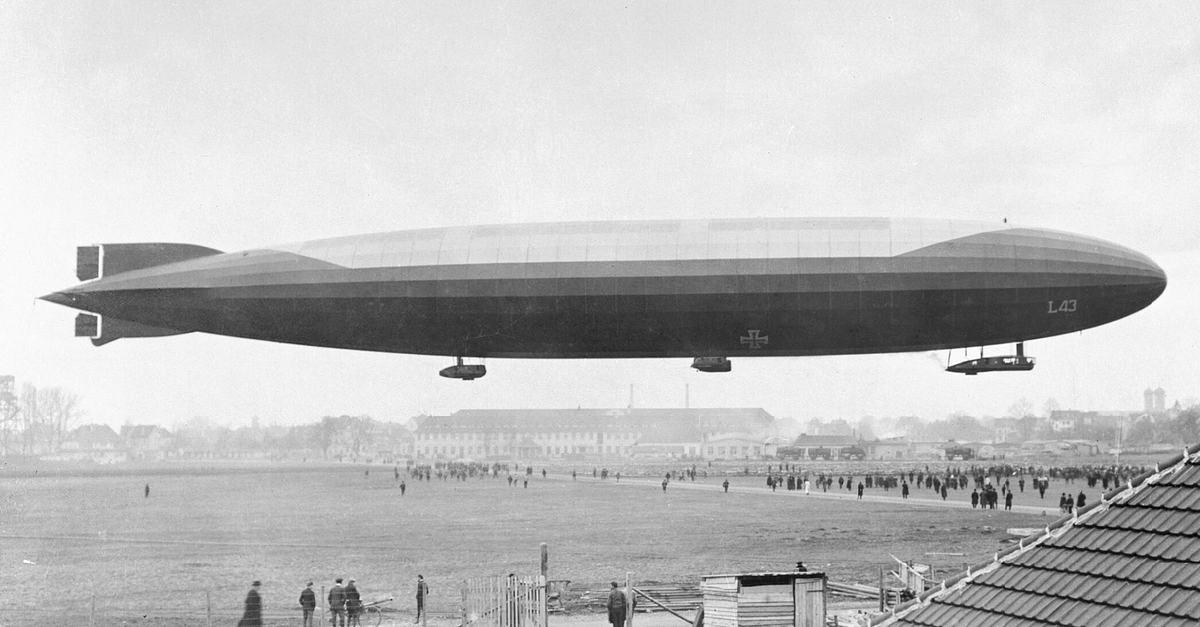
"Zeppelin airships targeted key infrastructure like railways and docks, causing 4,000 casualties during World War I, but had limited impact on enemy production and morale."
"The first Zeppelin airship, LZ 1, flew on July 2, 1900. Count Zeppelin founded DELAG in 1909, establishing a strong presence in airship transportation."
"Zeppelins represented a shift in warfare, allowing attacks on civilian populations and opening up a 'Home Front', despite technical and numerical limitations affecting their effectiveness."
"The innovative designs of Luftschiffbau Schütte-Lanz introduced stronger double-framed hulls, showcasing advances in airship technology during the early 20th century."
Zeppelin airships, first launched by Count Ferdinand von Zeppelin in 1900, were used by Germany during World War I to bomb key infrastructure across multiple countries. The bombing raids, which targeted civilian populations, resulted in 4,000 casualties but had limited success in damaging enemy war production or civilian morale. Despite the innovative designs of airships, including stronger hulls, technical challenges and advancements in airplane technology undermined their effectiveness. Ultimately, the military impact of the Zeppelins was hindered by their limitations and the evolution of air warfare.
Read at World History Encyclopedia
Unable to calculate read time
Collection
[
|
...
]